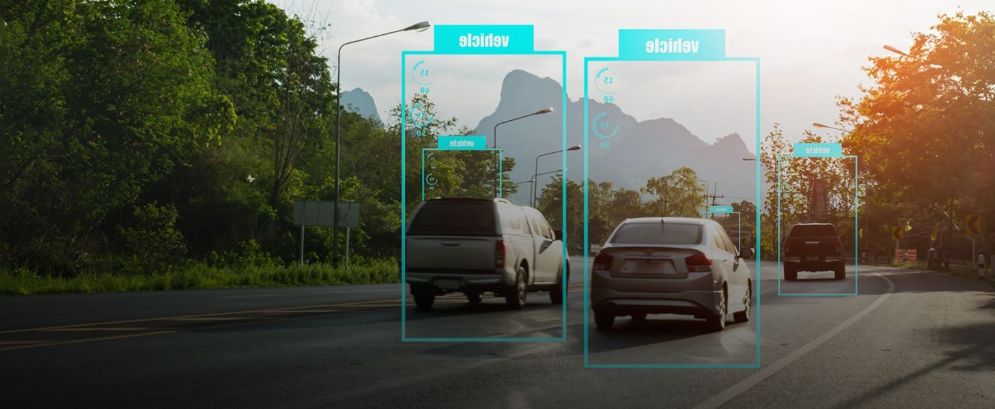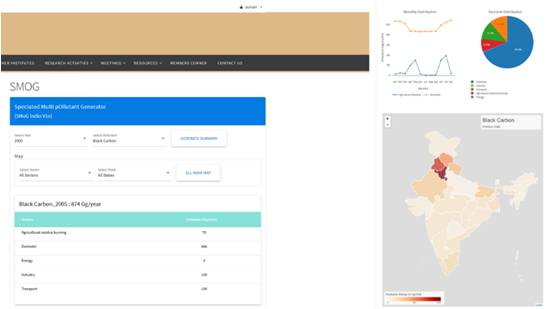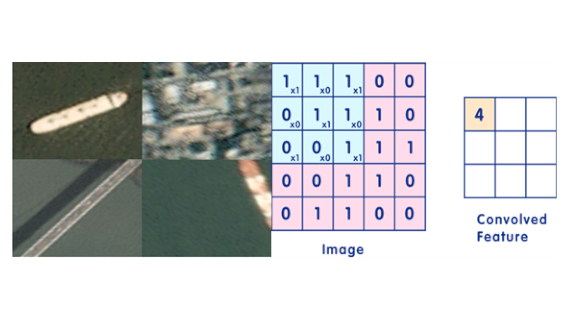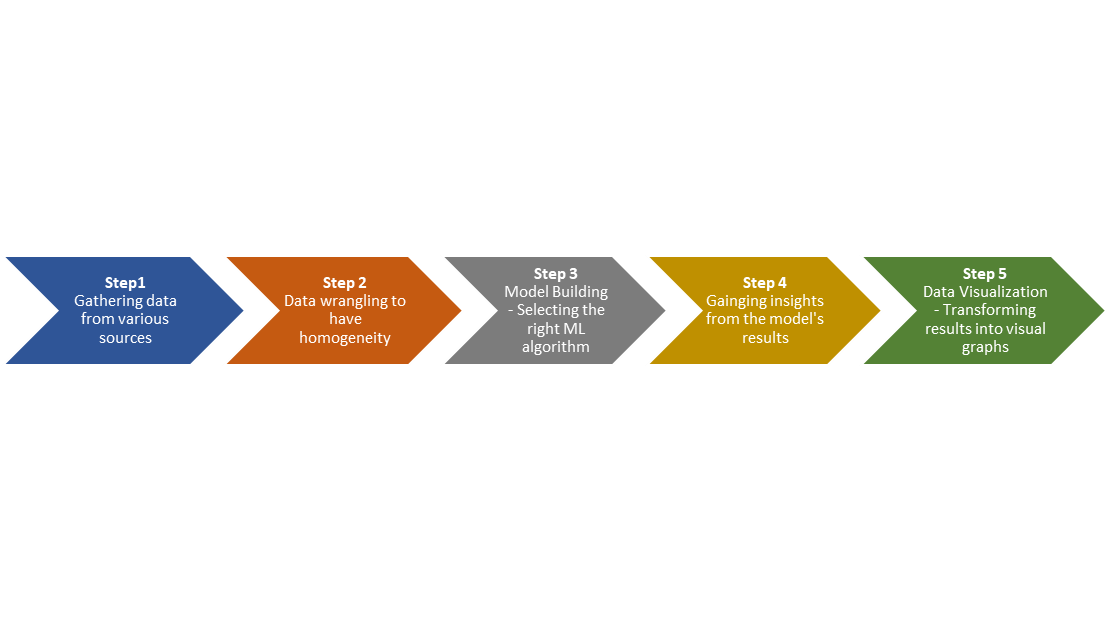Machine Learning

Machine Learning
By leveraging data, Machine Learning adds a new dimension to the design of robust and highly engineered products. Our team analyzes trends and patterns in large and noisy data by picking the most suitable ML algorithm available. We develop supervised models on discrete, visual or sensor outputs for recognizing events and objects. Our current efforts on reinforced learning models aim to build controllers for complex electro-mechanical systems that operate in ambiguous environments.
Our Expertise
- Neural networks, Convolution (CNN) and Recurrent neural network (RNN)
- Training algorithms, data wrangling, dataset augmentation
- Optimization algorithms and activation functions
- Feature extraction, Validation, Initialization and regularization techniques
- Vector regression, autoregression, LSTMs
Applications
- Climatological Geospatial Interpolation and temporal prediction
- Detection of the ship from images, highway vehicle classification
- Weather or climate prediction from past data
- Satellite image classification
- Identification of Military Vehicles from SAR images
Electro-Mechanical Systems
Target Classification
Data Mapping
Target Detection
Digital Twins
Data Interpolation
Machine Learning (ML) can be defined as extracting knowledge from data. Thus the machine learns from previous experience. This enables the machine to perform tasks better in the future. Artificial Intelligence (AI) can be defined as a machine mimicking human intelligence. The machine is able to simulate human behaviour. ML models are used when accurate predictions are to be made. Conventional statistical models can make predictions as well. But, their accuracy leaves much to be desired for. Thus ML is used where accuracy is desired. ML and AI models make use of learning patterns to train themselves. These learning patterns can be classified into Unsupervised and Supervised Learning.
In Supervised Learning, the model trains itself. It achieves this by comparing the input and output data. This enables the model to make accurate predictions with new input data. In unsupervised learning, the model trains itself by trying to find a pattern. The advantage of using unsupervised learning is the discovery of hidden insights. In the modern world, many ML libraries are available for programmers to use. Some common libraries are TensorFlow, Theano, PyTorch, Keras, and SciKit-learn. Some common algorithms deployed by these libraries are Linear Regression, Logistic Regression, Decision Tree, SVM, kNN among others. Most deep learning models need high computational resources to train themselves. This need is fulfilled by deploying the learning algorithms on HPC clusters.
Case Studies

Web Portal for Storage, Display and Analysis of Clean Air Data
Our Cutomer decided to use web-based portal for the input and visualization of data with hierarchical...

Demonstration of Machine Learning for Sea Asset Identification
Target recognition and tracking is done using feature extraction and selection: the extraction of a set of...

Climatological Spatial Data Mapping using Machine Learning
Machine-Learning algorithms such as Support Vector Regression, Random-Forrest, Decision-trees...